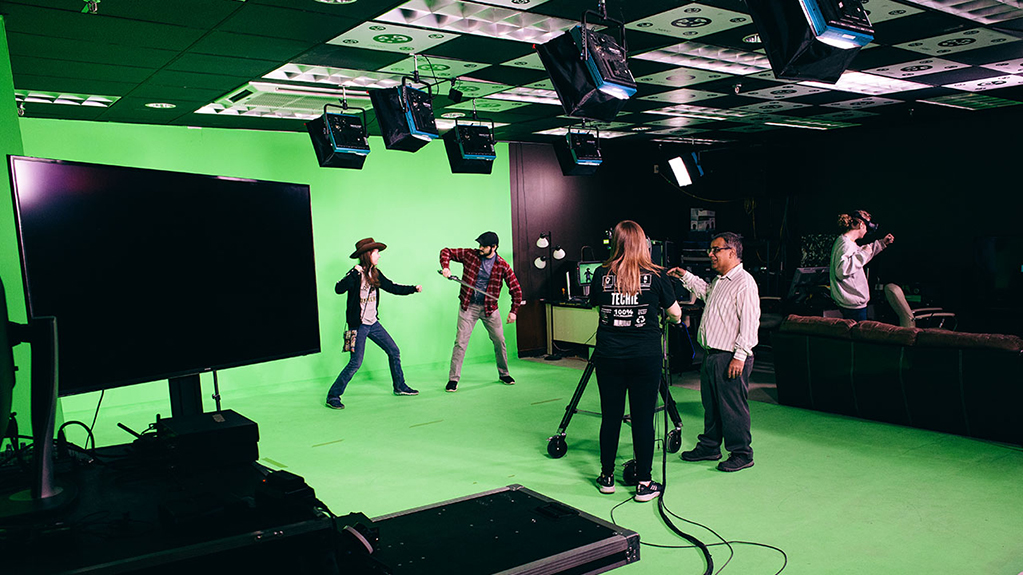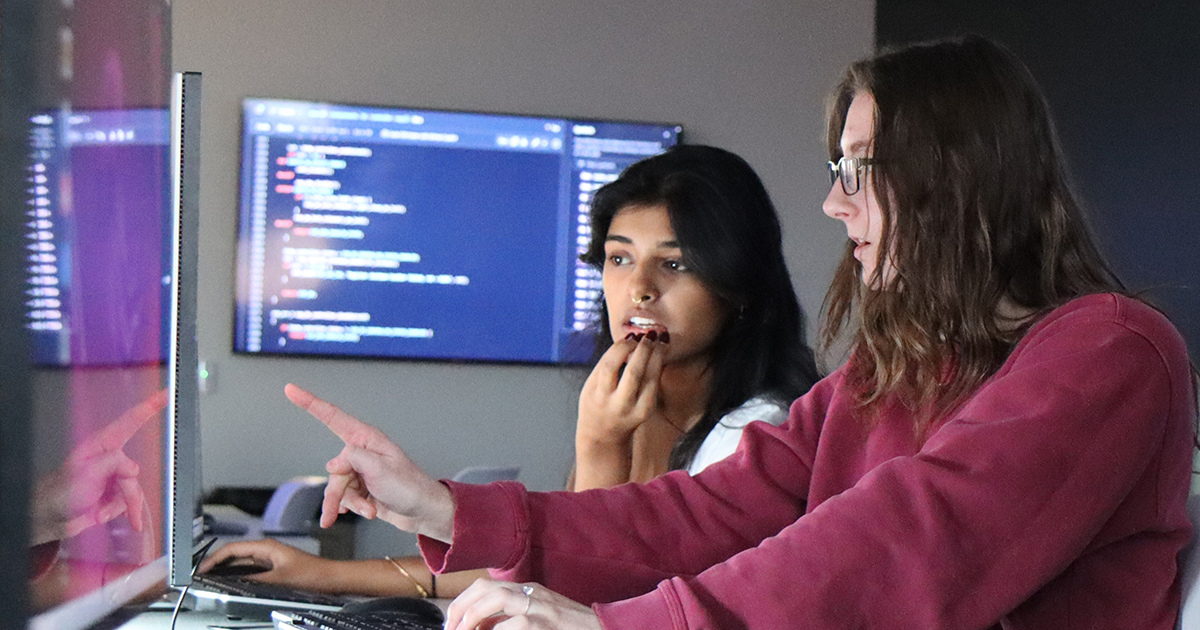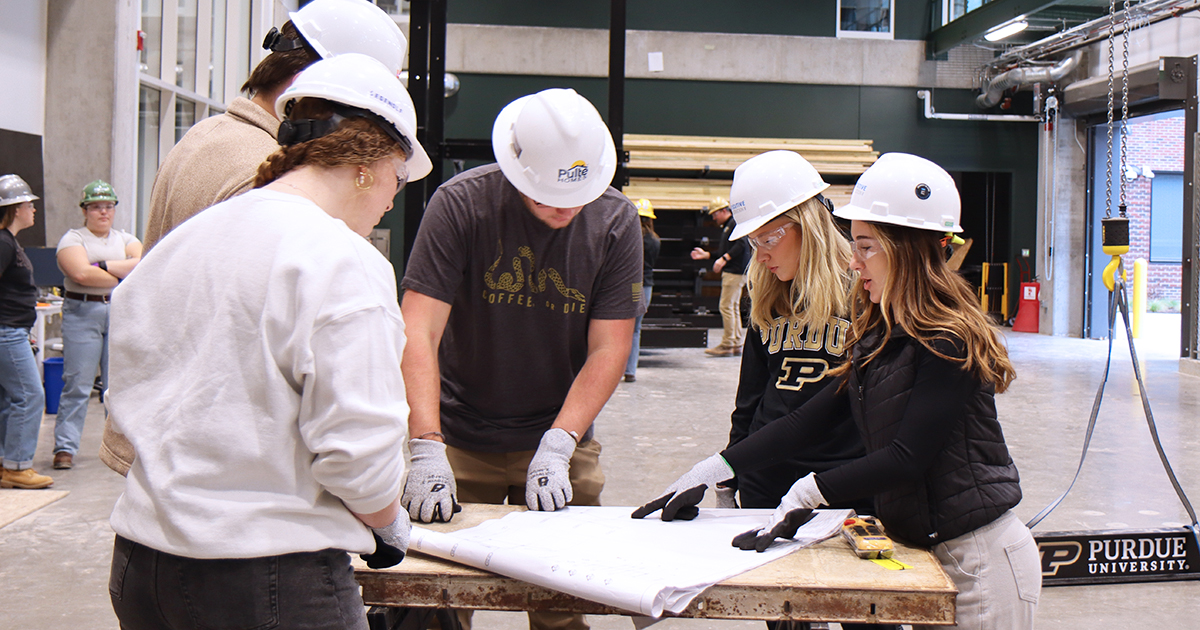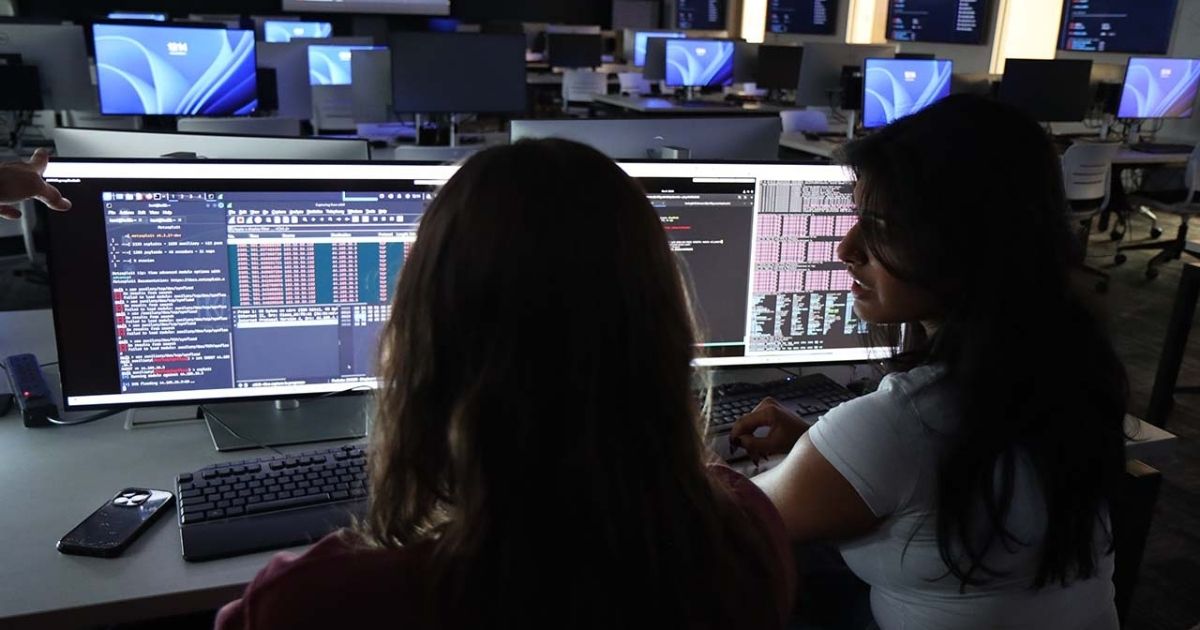
Why Purdue?
With a degree in animation and visual effects from Purdue, you will be well-prepared to step into various critical roles within the animation and film industry. Careers in this field are diverse and include:
- 3-D modeler
- Technical director
- Texture artist
- Pre-production artist
- Character designer
Our graduates thrive across various high-impact roles, contributing to the success of some of the most prestigious organizations in the animation sector, including:
- Disney
- Dreamworks
- Animation Mentor
- Xbox
You should pursue the most rigorous high school curriculum available to you. Succeeding in challenging courses will make you a stronger candidate for Purdue’s competitive admission process and better prepare you for college success.
Minimum high school coursework (many applicants exceed these minimums):
- Math – 4 years
- English – 4 years
- Lab science – 3 years
- Social studies – 3 years
- World language – 2 years
Connect
Purdue Polytechnic Institute
Discover our 30-plus majors and learn how our students become uniquely qualified for technology-driven careers.
Contact
Polytechnic Recruiting
765-494-4935
techrecruit@purdue.edu
Visit
Experience for yourself all that Purdue has to offer with opportunities to explore in-person or virtually.
Apply
Ready to take the next step? Apply to begin your journey at Purdue in the animation and visual effects program.
Transfer to Animation and Visual Effects
Purdue admits to individual majors. Transfer students must meet Purdue’s overall transfer criteria, as well as any major-specific requirements. Before you apply, check the closed programs page to confirm this major is open to transfer students. If it is, refer to the information below for major-specific transfer criteria.
- Minimum 3.0 GPA









